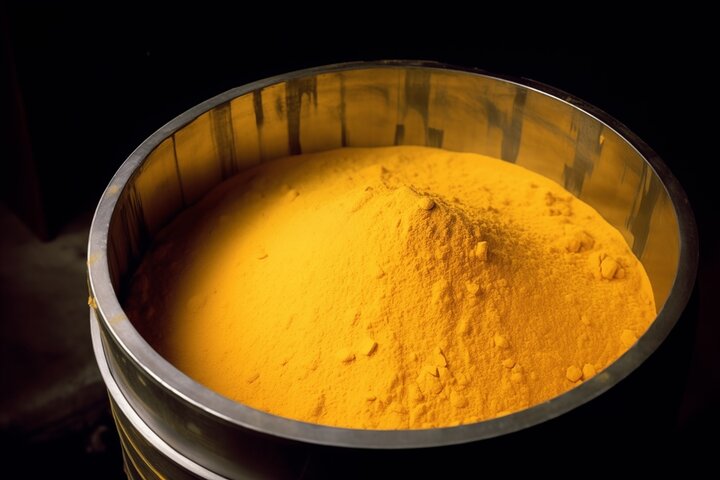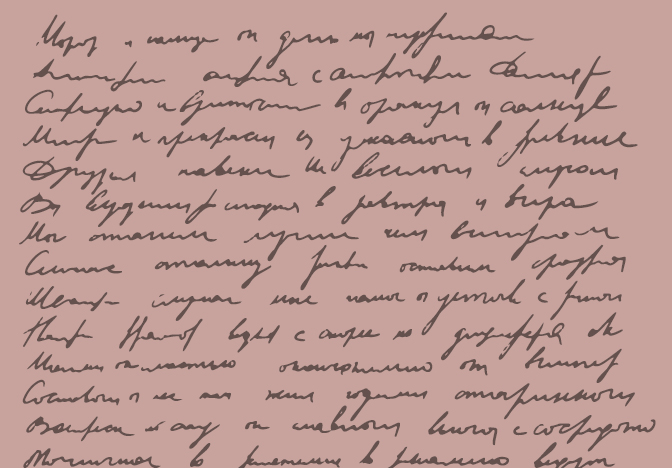The benefit of lockdowns around the world is showing in the data and it is increasingly clear the dialogue is shifting to how we get back to work, led by China’s example.
We are likely at the base in terms of labour being removed from the system, and we have had government and central bank intervention to avert a worst case scenario. However, the real recovery starts when we collectively get back to work and the economy will follow the shape of employment, rather than a letter of the alphabet.
We could use 2008-09 to get a sense of how long a full recovery might take, but as factors of production are intact, it could be much quicker. Markets have punished the most directly impacted (travel, oil and cyclicals) and in doing so have further stretched the much highlighted gap between “growth and defensives” (“certainty”) and everything else.
To survive this period, balance sheets are important and equity raisings will dilute holders of some stocks. There is buying to be done; ours has focused on travel, semiconductors, autos, industrials, biotechnology and high quality financials.
Longer term we will have to pay for the government stimuli and expect further spending to build confidence, after the biggest economic collapse in history. This could be targeted for example at encouraging the build-out of 5G networks or in Europe, this might be around electric vehicles and renewable energy.
So far, the recovery off the market lows is consistent with historical bear market rallies. Our base case is that there will be waxing and waning in sentiment which could cause us to retest the lows (e.g. if there is a pick-up in infections) and what will be critical for us is to determine when to transition to a more fully invested position by relaxing the short positions. This is likely to be done on market moves downwards from here.
We can see potentially good outcomes from medical advances that exceed market expectations. Our edge here comes from having virologist, Dr Bianca Ogden in the investment team. She points out that testing capacity and tracing activity continue to increase in the US and UK, while elsewhere the benefits of social distancing are more visible. With New York at the epicentre of the pandemic, the world has been focused on its impact there and how in general, the world will manage when economies restart.
Bill Gates has committed to investing in seven manufacturing sites for the top vaccine candidates prior to approval of the vaccines and Moderna[1] started the last cohort of its vaccine trial. Gilead CEO, Dan O'Day has continued to highlight the company’s manufacturing expansion for remdesivir as well as donating 1.5 million dosages of remdesivir (which will treat 140,000 patients). Furthermore, other companies, including Fujifilm are also expanding manufacturing of repurposed antivirals.
Countries across the world are at different stages in terms of the criticality of the situation, with the US at the current epicentre. Australia appears to have been quite lucky on a relative basis, with the “tyranny of distance” acting as a natural advantage here. Our regional portfolio managers are closely watching the impact of the situation on their coverage areas. We think China will set the example for exiting lockdown and hence our experience here is an edge we hope to capitilise on.
Dr Joseph Lai, who runs the Platinum Asia Fund, points out that in China, domestic economic activity has bounced back with a range of activities back to “normal” levels e.g. coal consumption, E-commerce volume, express parcel delivery volume, property sales for developers and construction activities. Most shopping malls and restaurants have re-opened and customers have started to return. Although dining-in is still lacklustre, take-out food has recovered. In India, (with a net invested position of 2% in the Platinum Asia Fund as at 8 April), the lockdown started on 24 March and was initially planned for three weeks (to 14 April). Discussions on how and when a restart can happen are ongoing.
Our Platinum Japan Fund portfolio manager Scott Gilchrist observes that Japan’s stable social structure and proven historic ability to reinvent itself should be a relative benefit in this unsettling environment. With current valuations and sentiment towards the country, the medium-term prospects for the Japanese stock market are relatively attractive.
The portfolio manager for our Platinum European Fund, Nik Dvornak, thinks that we are seeing infections peak and despite the human tragedy we have observed, countries are beginning to plan and some are starting, their return to normalcy. Government balance sheets are in good shape, which coupled with conscientious social policy provides the ability to soften the blow for enterprises and workers alike.
To conclude, this situation will be resolved in time and we will ultimately see a recovery. The key decision for Platinum at a global level will be when to release the handbrake off the short book. Some of the regional and sector portfolios are more fully invested than others based on the specific dynamics of their universe.
Below we publish the most recent portfolio exposures as at the close of business on Wednesday, 8 April.
|
Fund |
Long % |
Short % |
Net % |
AUD exposure % |
|
International |
87 |
(23) |
64 |
10 |
|
Unhedged |
90 |
n/a |
90 |
0 |
|
Asia |
87 |
(3) |
84 |
10 |
|
Europe |
96 |
(11) |
85 |
19 |
|
Japan |
87 |
(25) |
62 |
0 |
|
Int’l Brands |
101 |
(21) |
80 |
5 |
|
Int’l Health Care |
92 |
(5) |
87 |
11 |
|
Int’l Technology |
87 |
(2) |
85 |
7 |
|
Global |
88 |
n/a |
88 |
10 |
The Platinum Trust Fund Quarterly Report will be available on Platinum’s website on 15 April 2020.
DISCLAIMER: This article has been prepared by Platinum Investment Management Limited ABN 25 063 565 006, AFSL 221935, trading as Platinum Asset Management (“Platinum”). This information is general in nature and does not take into account your specific needs or circumstances. You should consider your own financial position, objectives and requirements and seek professional financial advice before making any financial decisions. You should also read the relevant product disclosure statement before making any decision to acquire units in any of our funds, copies are available at www.platinum.com.au. The commentary reflects Platinum’s views and beliefs at the time of preparation, which are subject to change without notice. No representations or warranties are made by Platinum as to their accuracy or reliability. To the extent permitted by law, no liability is accepted by Platinum for any loss or damage as a result of any reliance on this information.


